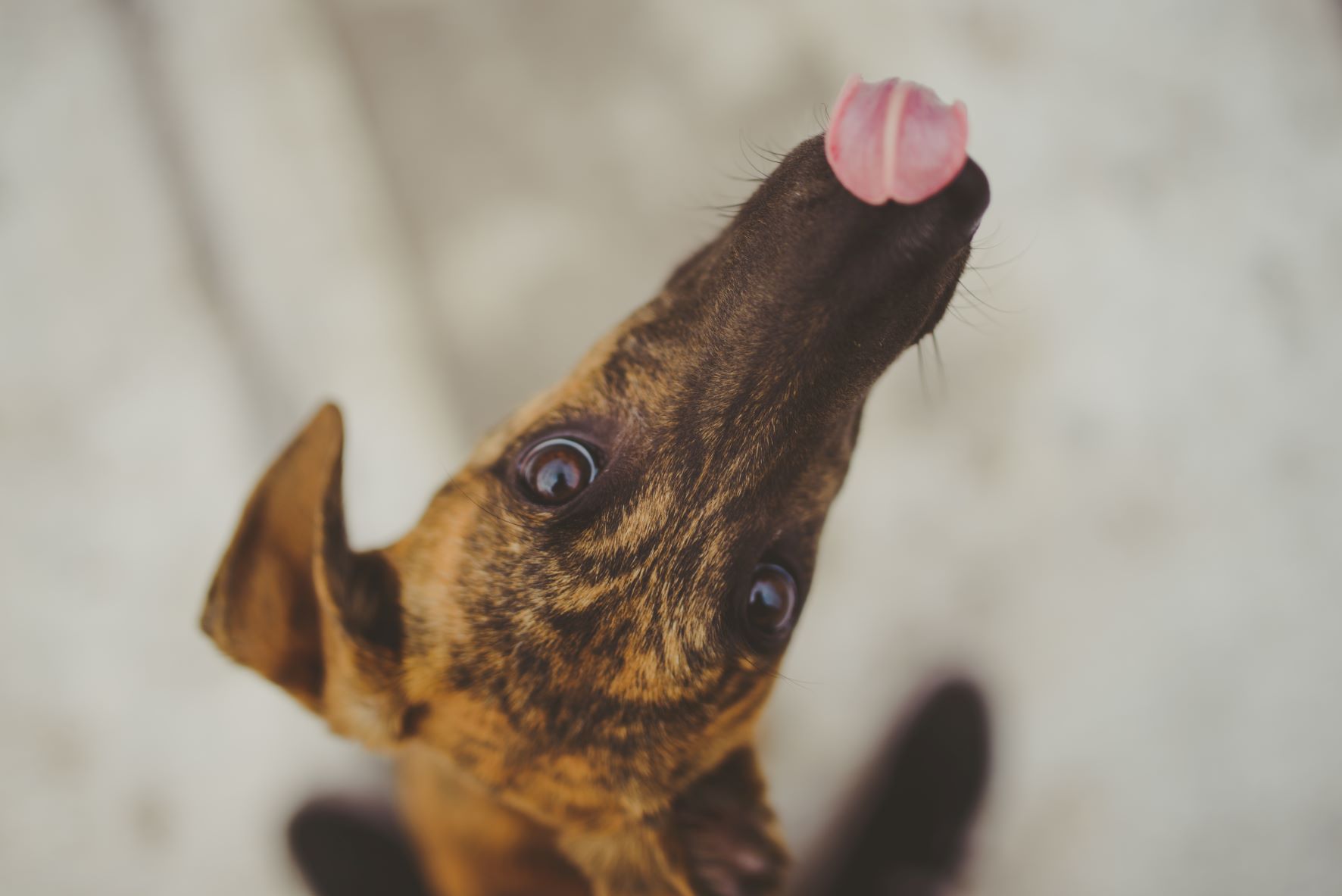Health and Wellbeing
Successful racing greyhounds usually show a level of alertness and excitement in a racetrack environment.
However, some greyhounds show an excessive reaction to their surroundings and most trainers will have seen greyhounds that are ‘nervy’ or ‘highly-strung’.
Stressed, anxious or highly strung dogs can be difficult to handle, both at home and at the track, and can be a challenge to get ready for a race or suffer poor performance at the track.
Fear and anxiety have an effect on a greyhound’s body, causing stress which can affect its weight, condition, hydration status, and acid-base balance.
Anxious and nervous greyhounds may eat more than others, because anxiety consumes energy, or they may lose condition very quickly if they stop eating. Anxiety may lead to excessive panting, even when the weather is not hot. This increases the greyhound’s fluid loss so the greyhound can become dehydrated more quickly than other dogs, and may take longer to recover after a run.
Nervous greyhounds may show other adverse signs too, for example:
- diarrhoea if it becomes nervous in a new environment;
- low-grade health problems and frequent illness with longer term stress,
- predisposition to infections, anaemia, skin problems, or more serious problems like pneumonia.
Excessive stress and anxiety can have a significant physiological impact on the greyhound, which is not good for the greyhound’s race performance. These dogs have ‘run their race’ before they get out of the kennels. Travelling and race-day routines are busy times and can be a lot for an anxious dog to take in - by the time their race comes around they have already used up most of their energy.
What shapes a greyhound’s behaviour?
Race day routines and demands are generally fixed and can’t be changed. However, it is possible to work carefully with a greyhound that is showing signs of stress to help manage excessive or unusual anxiety in this environment. The earlier you do this, the better.
Consider the factors affecting the greyhound’s behaviour, and learn to recognise the signs of anxiety. You can remove or reduce stressors where possible, and encourage re-learning of more appropriate behavioural reactions to the environment.
A greyhound’s behaviour is the result of its:
| Temperament | Try to choose parents that are calm and confident as well as fast and strong. |
| Learned experience | Greyhounds that receive good socialisation training between the ages of 3 and 12 weeks are more likely to grow into confident greyhounds that adjust better to changes in their environment later in life. Experiences at 7-8 months old also have lasting effects on greyhounds, so it is particularly important to try and make its experiences at this age positive and rewarding. |
| Environment | Dogs learn by association, so if a greyhound has a good experience, it is likely to associate the good experience with where it was and what it was doing at the time. This will guide and shape its future reactions and behaviour. Eg. Try offering your greyhound a treat in the vet’s consulting room to build positive memories in your greyhound over the long term. |
How to recognise signs of anxiety
Signs of anxiety in a greyhound can be subtle and easy to miss. Greyhounds tend to “freeze” when they are anxious or frightened, rather than barking or making a ruckus. Here are some signs to look for:
- Licking lips (some anxious dogs can have pink staining around their muzzle)
- Yawning or trembling
- “Freezing up” or “shutting down” - non-responsive behaviour
- Whining
- Hyper vigilance or scanning the environment
- Tail tucked low and tight (look closely at the hairs on their tail, they often stick up around the base)
- Hiding
- Restlessness and difficulty relaxing
- Following you closely
- Destructive behaviour
- Collecting toys or objects
- Lack of appetite
- Recurring or chronic diarrhoea or frequent urination
- More overt signs of anxiety include growling and biting.

Preventing anxiety
Early socialisation is the best insurance against anxiety. Providing puppies with different experiences in a positive environment will help them grow into happy, confident greyhounds. Try introducing puppies to new people, sounds and objects, and taking them to different places.
Make sure to keep all experiences happy and fun.
Regular gentle handling of greyhounds is also important to preventing anxiety. The Code of Practice requires that all greyhounds must have daily contact with humans. If a puppy or greyhound shows signs of anxiety, some extra attention and reassurance from a human may help.
If the greyhound is showing symptoms of anxiety, try to identify the trigger. Is it something in their environment, like a strange noise or a different person or activity? If you can identify the trigger, try to remove it, or remove the greyhound from the situation. You can then try a gentler way of re-introducing it later, if you have to.
Above all, it is important to avoid punishing the anxious behaviour or responding in a way that the greyhound may experience as punishment, as this is likely to cause further anxiety.
If the greyhound’s anxiety persists, or it develops abnormal behaviours or medical issues, seek veterinary advice.